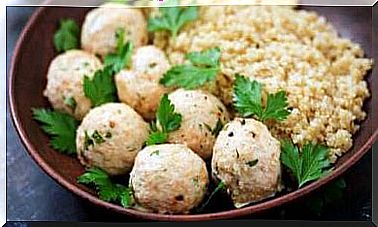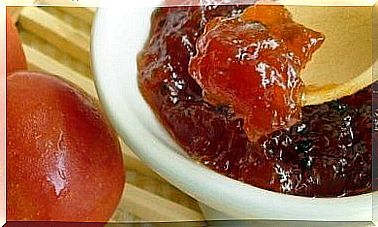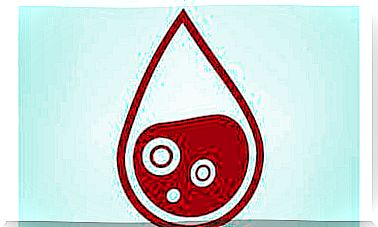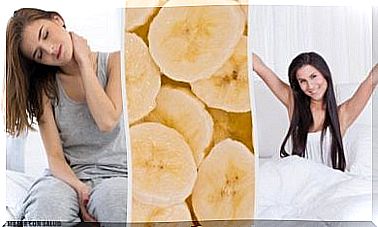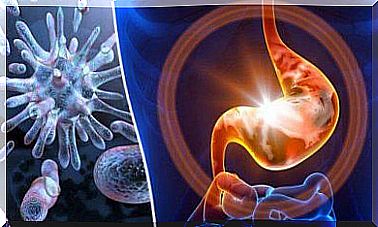14 Medicinal Uses Of Clay
Not all types of clay are used in the same way, so it is important to find out which type is used for which purpose in order to take advantage of its wound healing and anti-inflammatory properties.
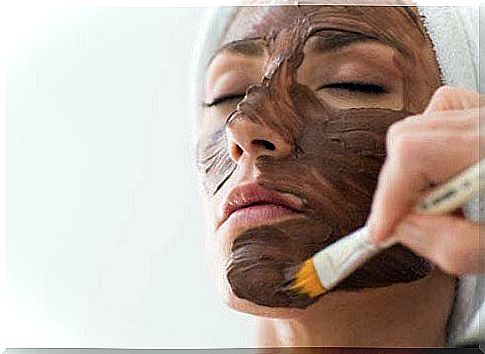
What do you think of when you hear the word clay? Mud, earth, mud. You can’t imagine how many uses there are for clay.
Already in the early days, clay was used for pottery, to make objects of everyday use or decorative kind, by extracting earthenware, stoneware and porcelain from it. Depending on the type of clay and the mix made.
It is considered an important element in the construction of buildings and the manufacture of bricks. Very early on, clay slabs were made which then served as a base for cuneiform writing.
But it’s the many healing properties that are most surprising. Clay to cure disease? Then you will learn more about the different uses of clay.
Tone after tone … the uses of clay
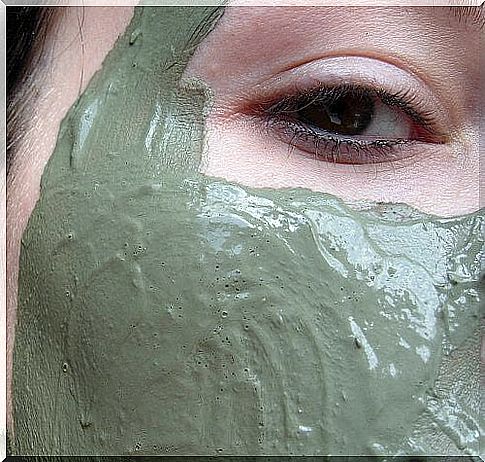
Healing earth has long proven itself for therapeutic purposes. Clay is characterized by its acid-binding, wound-healing, absorbent and, moreover, temperature-regulating properties.
But not every clay can be used for treatment. The clay that can be found in the supermarket has been irradiated by the sun, freed from germs and organic components and, moreover, properly pulverized.
The many different types that exist differ in the proportion of their constituent parts. It is therefore advisable to seek advice from a specialist in order to choose the best clay.
Here we will introduce you to the most common ones and which uses of clay apply to them.
Types of clay
Green clay:
This is one of the most commonly used. It is rich in magnesium, silicon and potassium. It has anti-inflammatory, analgesic, remineralizing and absorbent effects.
Green clay is usually used to treat edema on the legs, cellulite, inflammation, pain in the joints and muscles, bruises and bruises, etc.
White clay:
This is considered to be the purest when using clay. It is composed mainly of silicon and aluminum. It is antibacterial, anti-inflammatory, wound healing, detoxifying and helps with constipation.
White clay is typically used for beauty treatments and skin problems, as well as a mouth and throat rinse.
Red clay:
This clay has many medicinal properties and is rich in iron oxide. It is used to heal stiffness and joint inflammation. It also helps treat circulatory problems and fever.
Pink clay:
It is a mixture of red and white clay. It is mainly used to make face masks and hair packs.
Black clay:
This has wound healing and regenerating properties. It is used to treat tension and inflammation.
application
Clay can be applied externally (in the form of compresses, packs, masks and baths) or used internally (through food intake) in a number of ways.
Although clay is often recommended, it can also have many unpleasant side effects, such as bowel obstruction, constipation, and hypertension.
Therefore, the safest option is to use the clay for external applications. To do this, in addition to clay, you will need the following:
- Containers and glassware, porcelain or wood
- Unchlorinated water, as pure as possible
- Optionally, extracts, essential oils, plants and other elements that further enhance their therapeutic effects can be added
- Gauze, compresses, or a bathtub depending on the procedure
Uses of clay
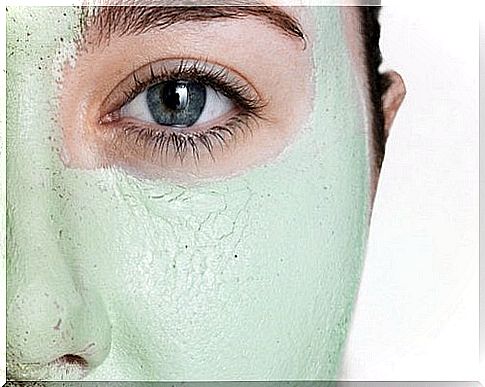
1 – Regulatory effect: It is assumed that clay is a natural regulator of the hormonal glands and is able to stimulate or calm them as needed.
2 – Acne: Clay is great for removing dead cells and the bacteria that cause acne. Put on a clay mask and wait 15 minutes, then rinse off and repeat the treatment three times a week until you see the results you want.
3 – Put a few drops of cold clay on the painful area, not only relieves the pain, but also has a detoxifying effect.
4 – Against radiation : clay absorbs harmful radiation. Various scientific studies have indicated that packs and masks made of clay could help to protect the organism from ionizing radiation.
5 – Joint pain : Clay is highly recommended for the treatment of osteoarthritis, rheumatism, arthritis as well as bruises and bruises. Warm clay acts as an analgesic. It is able to provide relief to the affected joints, muscles and vertebrae.
6 – Edema and Injury : It is a natural anti-inflammatory. Apply a pack of lukewarm clay to the affected area for six days. This can relieve your pain.
7 – Skin diseases: The full-body packs based on clay are used to revitalize the hormonal system and to stimulate the skin. Since it has an energizing and antiseptic effect, clay cleanses the skin and prevents bacteria, fungi and viruses from multiplying.
8 – Aging: Clay activates cell regeneration, removes dead or diseased cells and also absorbs excretions and toxins from the body. After an alumina treatment you feel rejuvenated, relaxed and fresh. The skin shines and tightens.
9 – Stress : There is nothing better against stress than a nightly warm or cold clay bath. After 20 minutes in a bathtub with granulated clay, you will feel relaxed, strengthened and elastic. These baths also cleanse the organism and strengthen the immune system.
Other uses of clay
10 – Natural filter : There is nothing better than clay for cleaning cisterns, tanks and wells. Simply put 250 grams of alumina granulate in 1000 liters of water in a cloth bag and then deposit it on a cotton cord on the bottom of the container for 72 hours.
It is advisable to carry out an analysis of the water beforehand and to repeat this after 36 hours in order to determine the quality improvement.
11 – Kidneys: Warm clay packs on the lower back will help your kidneys as well as remove stones. They can also be used to treat liver problems.
12 – Lice infestation: Clay is ideal against lice. Mix three tablespoons of clay in a cup with mineral water in a clay pot, stir with a wooden spoon and leave to rest.
Wash your hair with white soap during the night and then use your fingertips to spread the mixture all over your head, especially around the hairline.
Put on a shower cap and wash your hair in the morning and then dry it well. Apply dry clay to your hair for excellent results.
13 – Athlete’s foot: Fungi on your feet are a nuisance and to get rid of them, clay is just the thing. Use a pot of clay that will keep your feet nice and dry and then eliminate the germs.
14 – Psoriasis: To eliminate psoriasis, night baths with clay and packs in the appropriate places are suitable. The results are then impressive.
As you can see, clay has many surprises in store. Hopefully this new knowledge will move you to use it for yourself.


